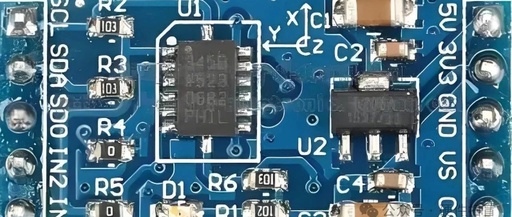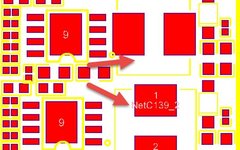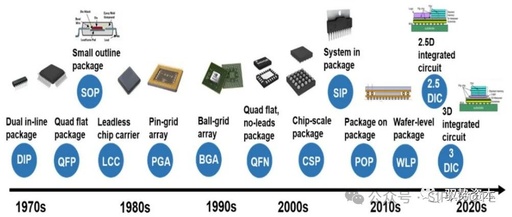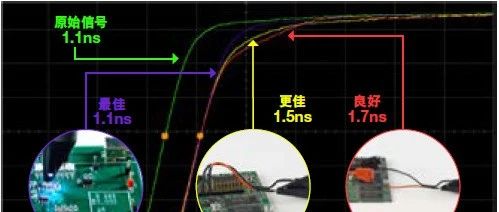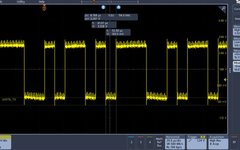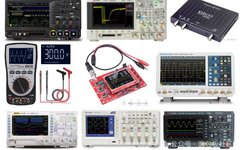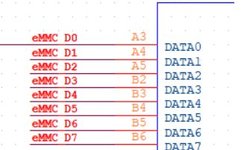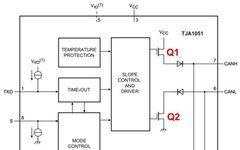Unveiling I2C Pull-Up Resistor Value Techniques: 5 Key Design Points and Practical Cases
Unveiling I2C Pull-Up Resistor Value Techniques: 5 Key Design Points and Practical Cases Introduction: Why Must I2C Be Equipped with Pull-Up Resistors? In the communication between the main control chip and other modules (such as cameras, sensors, etc.) in embedded systems, the I2C bus is widely used due to its simplicity, reliability, and low cost. … Read more
